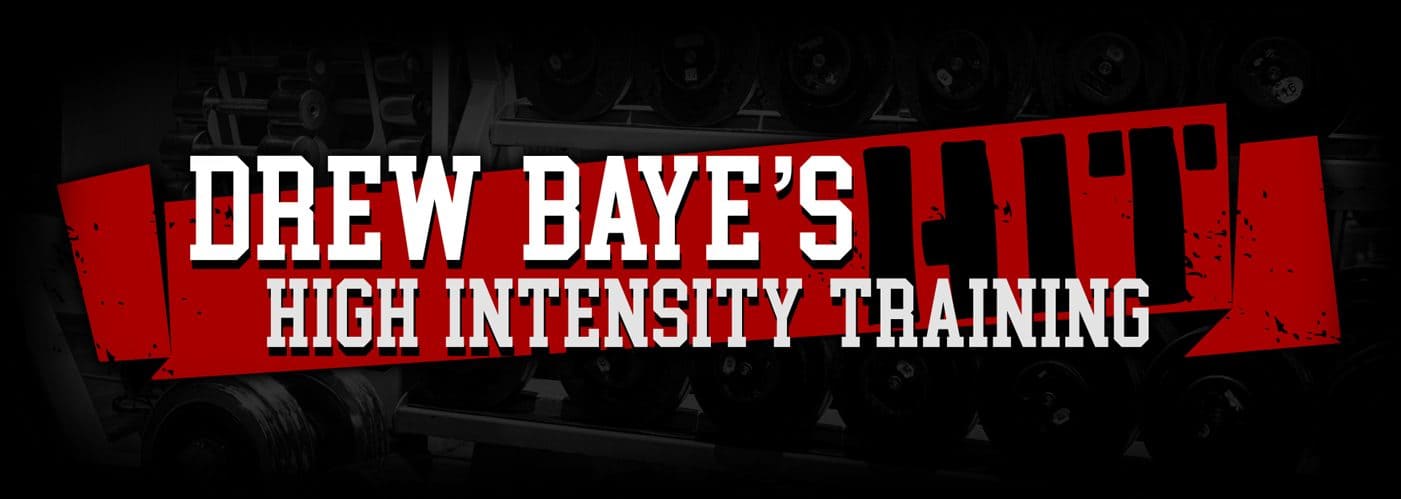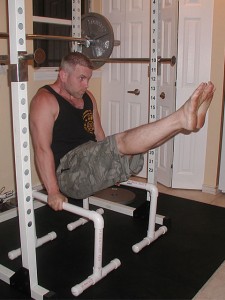This morning during a phone conversation with Greg Anderson the subject of the previous post on the effect of hand position on triceps involvement came up.. Greg mentioned, and I agree, hand position makes little difference to arm flexor involvement during curling and pulling movements as well.
Articles on arm training in bodybuilding magazines and web sites often make claims of different hand or shoulder positions or grip width having the effect of isolating or emphasizing one head of the biceps or a particular arm flexor (i.e. incline curls to target the long head of the biceps, hammer curls to target the brachioradialus, reverse grip curls to target the brachialis, etc.). While there is some truth to this – changes in hand or shoulder position affect the relative length and thus the ability of some of the elbow flexors to produce force – the effect on muscular development is greatly exaggerated.
Regardless of hand or shoulder position, if the resistance is heavy enough, all of the motor units in all of the involved muscles will be recruited and stimulated. Any difference in involvement is most likely not enough to make a significant difference in overall development over the long term. Because of this, hand and shoulder position during curls or pulling exercises should be based on what will allow the heaviest weight to be used with proper form to place the greatest demand on all of the muscles involved, as well as what is safest and most comfortable for the trainee’s wrists and elbows.
A supinated or neutral hand position is best during curling exercises for the same reason pronated or neutral is best during tricep exercises – they allow heavier weights to be used more safely. Some people claim a more supinated position will provide better stimulation for the biceps – which supinate the forearm in addition to flexing the elbow – as a basis for recommending using a straight bar for curls, or a wider hand spacing for chin ups.
You can not curl as much with a pronated grip as you can with a supinated or neutral grip partly because of the change in biceps length, but also in large part because the forearms are weaker in extension than they are in flexion or abduction/ulnar deviation and your grip may be a limiting factor.
Most people can lift more weight in wrist flexion than arm flexion, but less in wrist extension. When you perform a reverse curl, forearm extensor and grip strength becomes a limiting factor. Your arm flexors are not being worked nearly as hard as your wrist extensors and grip. Great forearm/wrist extensor work, but not ideal for upper arm development.
Hand position and especially grip spacing would have a greater effect during pulling movements than curling movements, mainly because these affect the range of motion and the relative involvement of the different back muscles acting on the shoulder. If the grip is too narrow or too wide the range of motion around both the elbows and shoulders is reduced, and different hand spacing, plane of movement, etc. affects the leverages of the involved muscles more significantly. For pulling movements, like curling, the best hand position and spacing is whatever allows the heaviest weight to be used in a manner that effectively loads the targeted upper back muscles, as well as what is safest and most comfortable for the trainee’s wrists, elbows and shoulders.
So what does this mean in terms of practical application? Don’t get caught up in all the pseudo-scientific bodybuilding magazine nonsense about using various hand and shoulder positions or grip widths to isolate a particular arm flexor or bicep head. Just focus on becoming as strong as possible on a few basic, heavy curling and pulling movements. My recommendations for curling and pulling movements:
- Standing straight or EZ-bar curls or a suitable arm curl machine with a regular (supinated), approximately shoulder-width grip.
- Dumbbell curls with a regular or neutral (AKA “hammer”) grip.
- Chin-ups or underhand (supinated) grip pull-downs with a shoulder-width grip.
- Parallel-grip pull-ups with a grip just outside of shoulder width.
- Barbell rows with a shoulder-width grip. These are typically performed with an overhand (pronated) grip, but use whatever hand position your wrists and elbows are most comfortable with.
- One-arm dumbbell rows with a neutral grip.
- Cable or machine rows with a shoulder-width grip.
Keep in mind that parallel grip and neutral grip are not necessarily the same. Hand position is considered relative to forearm position, and whether a parallel grip (palms facing each other) is a neutral or a supinated grip depends on arm position. During a curling or pulling movement where the arms are moving in the sagital plane a parallel grip would be neutral and an underhand grip would be supinated, but during a pulling movement like parallel-grip pull-ups where the arms are moving in a coronal plane a parallel grip would be supinated and an overhand grip would be neutral.


